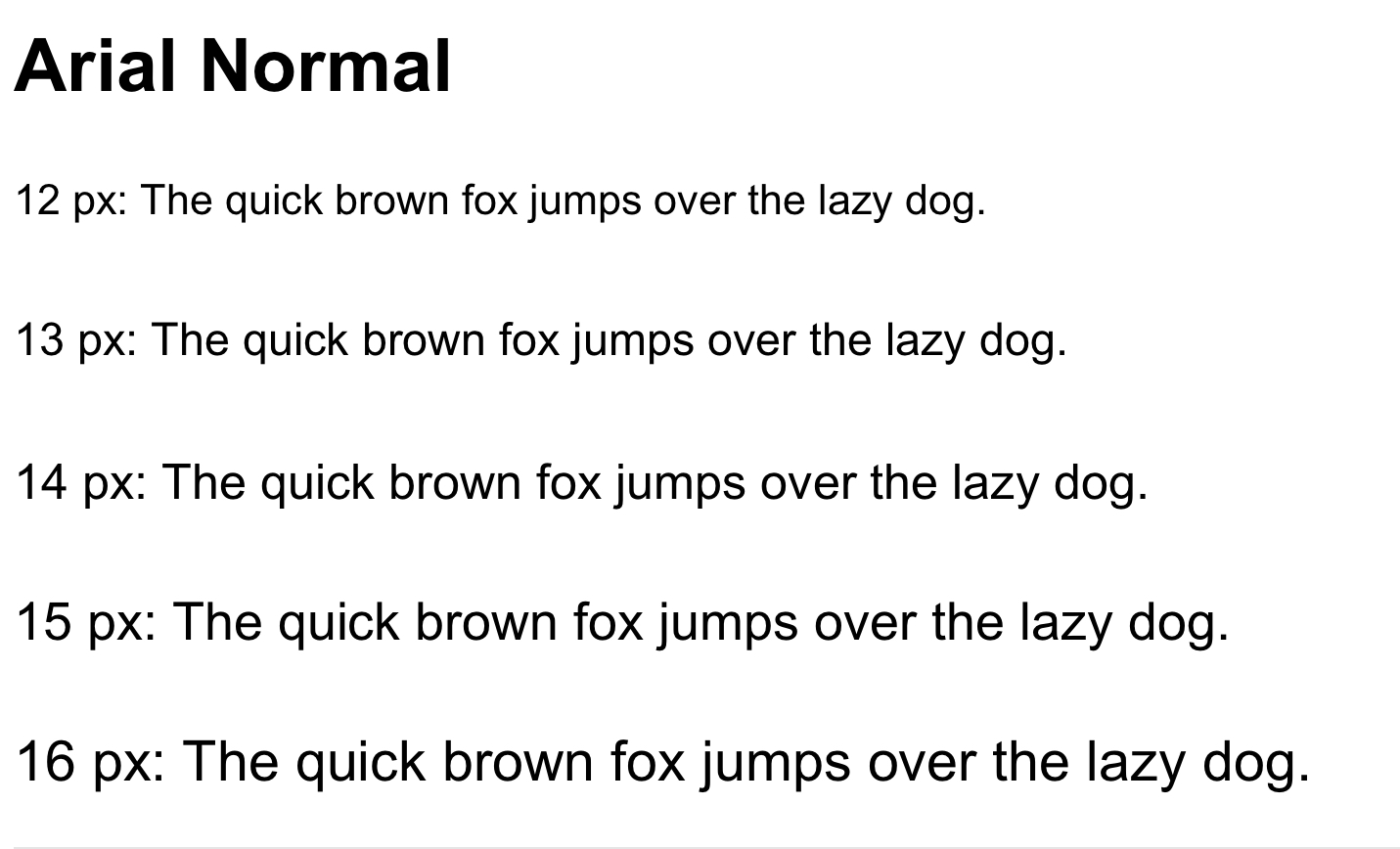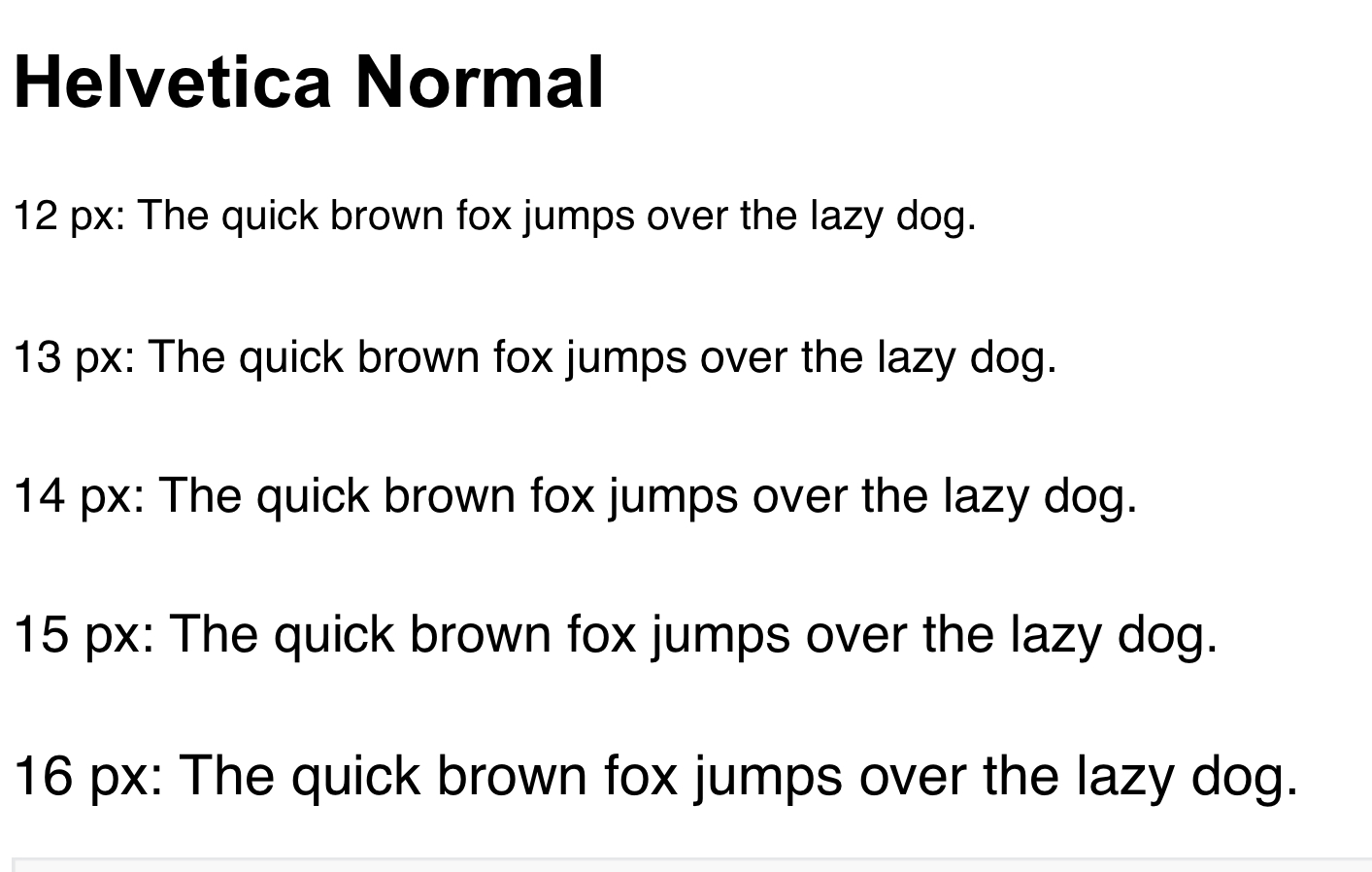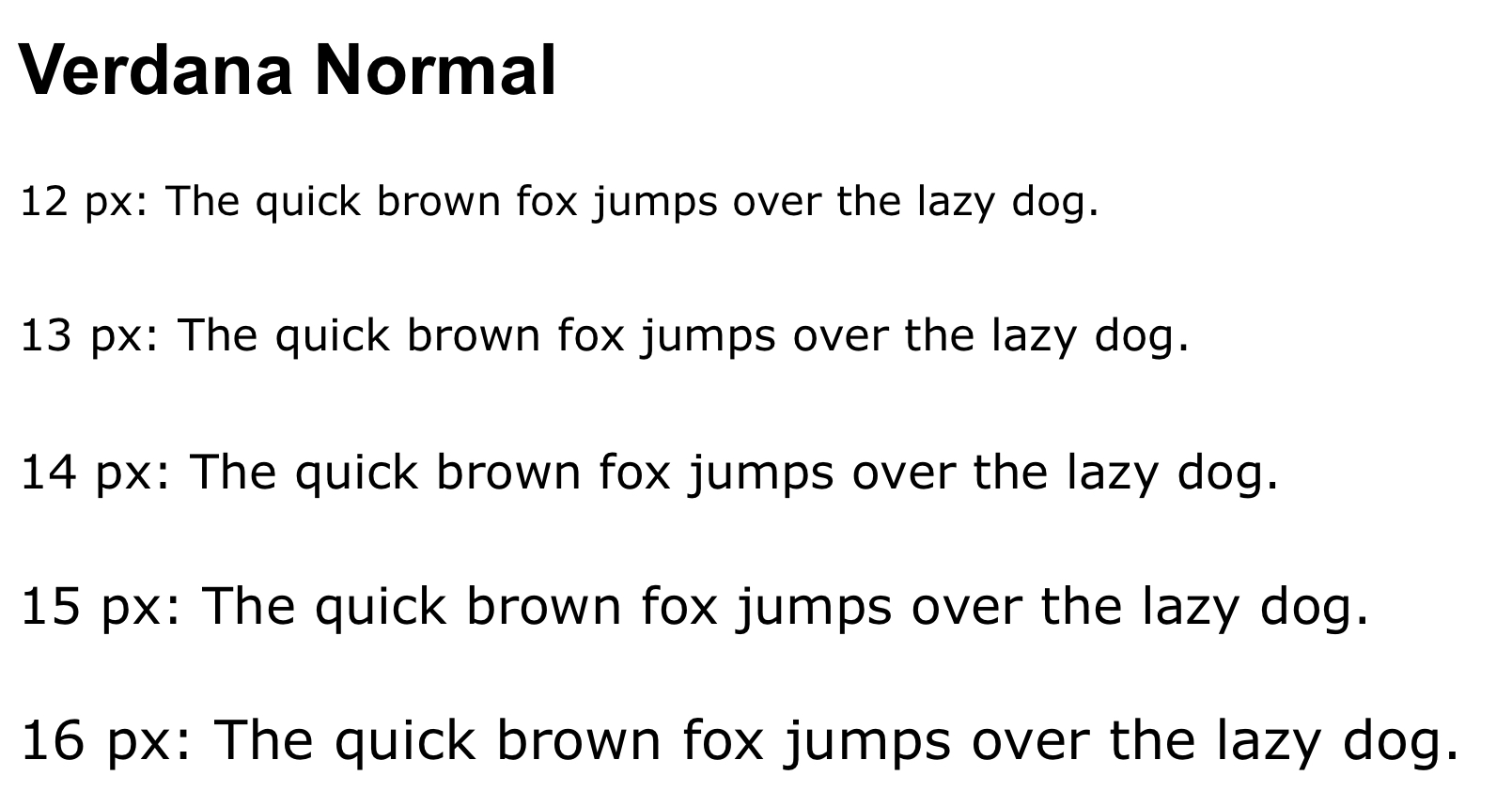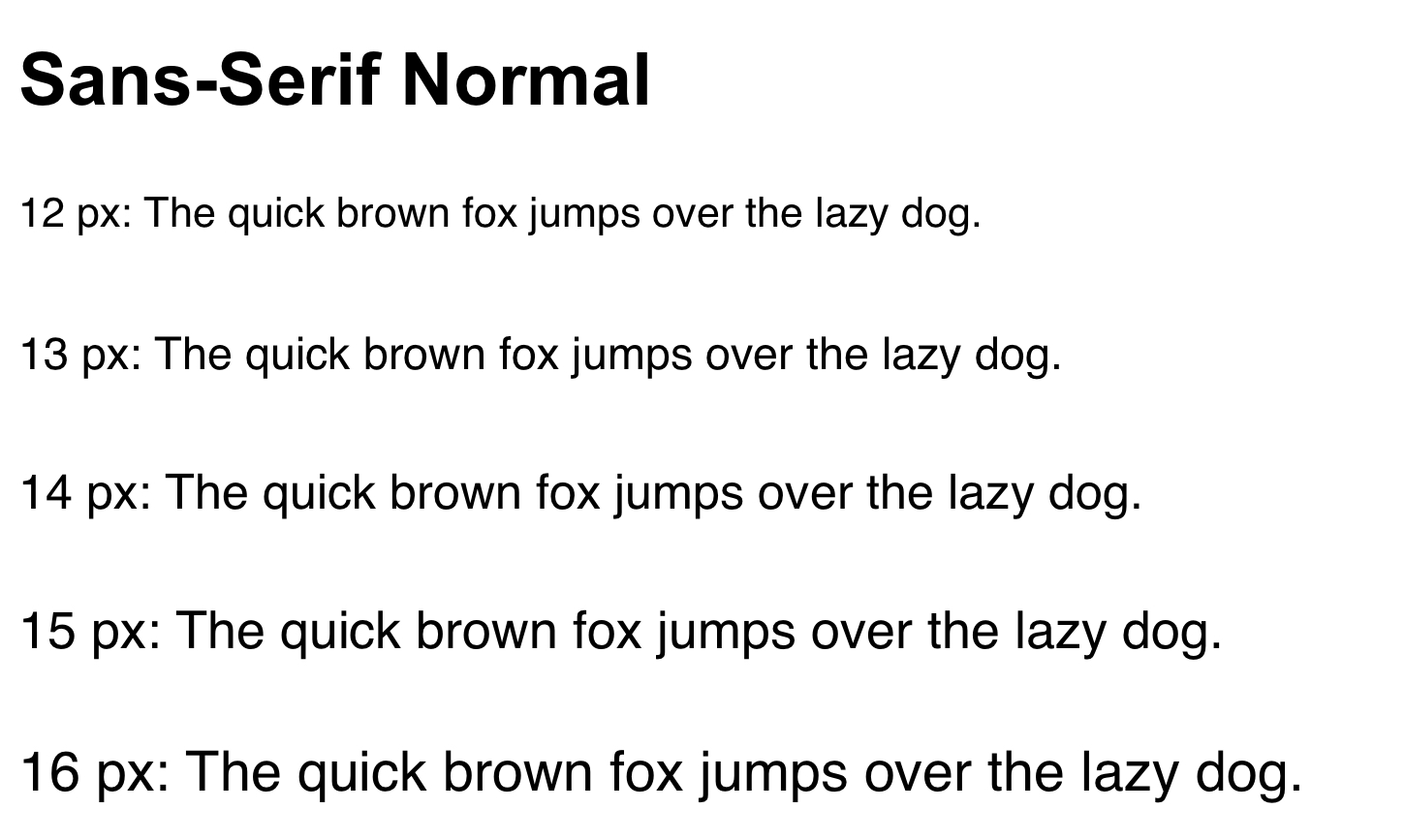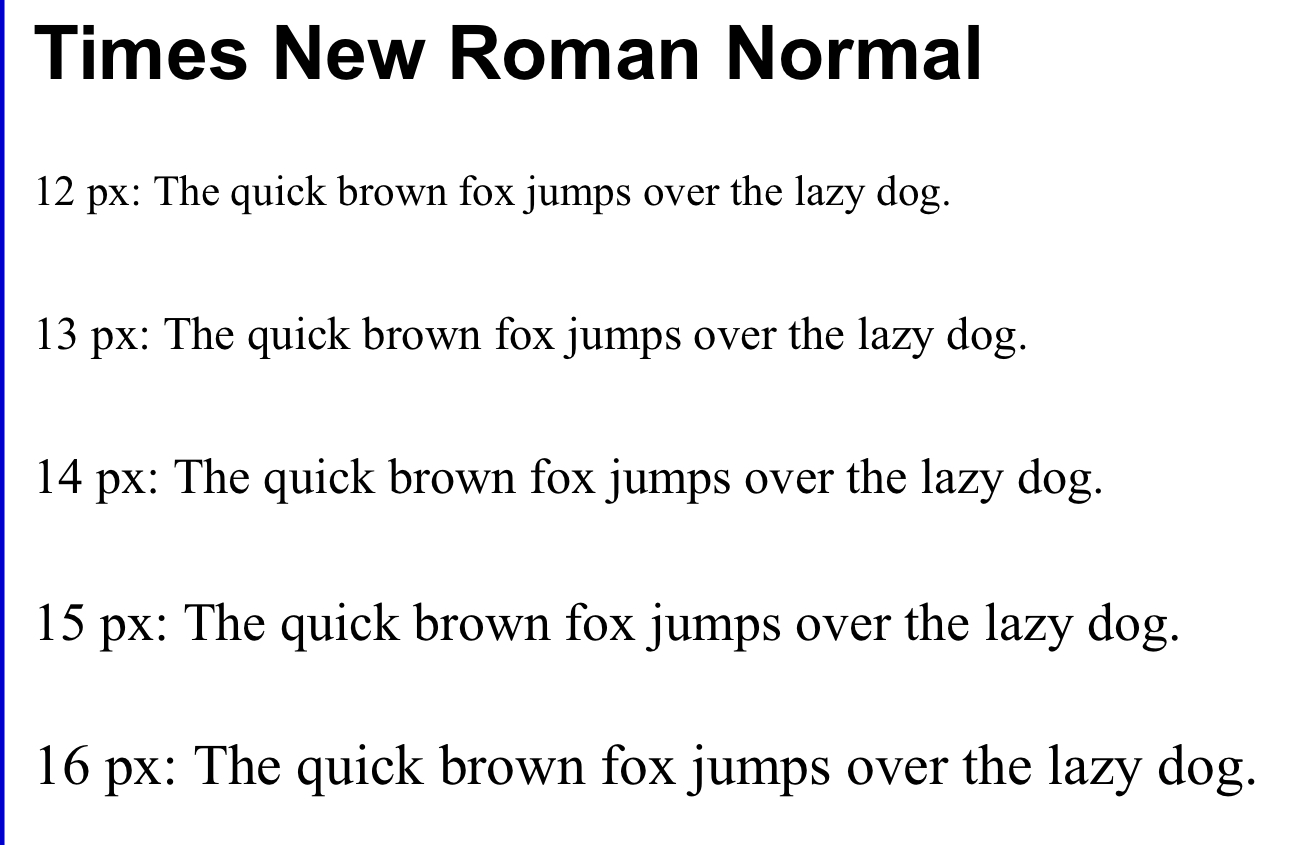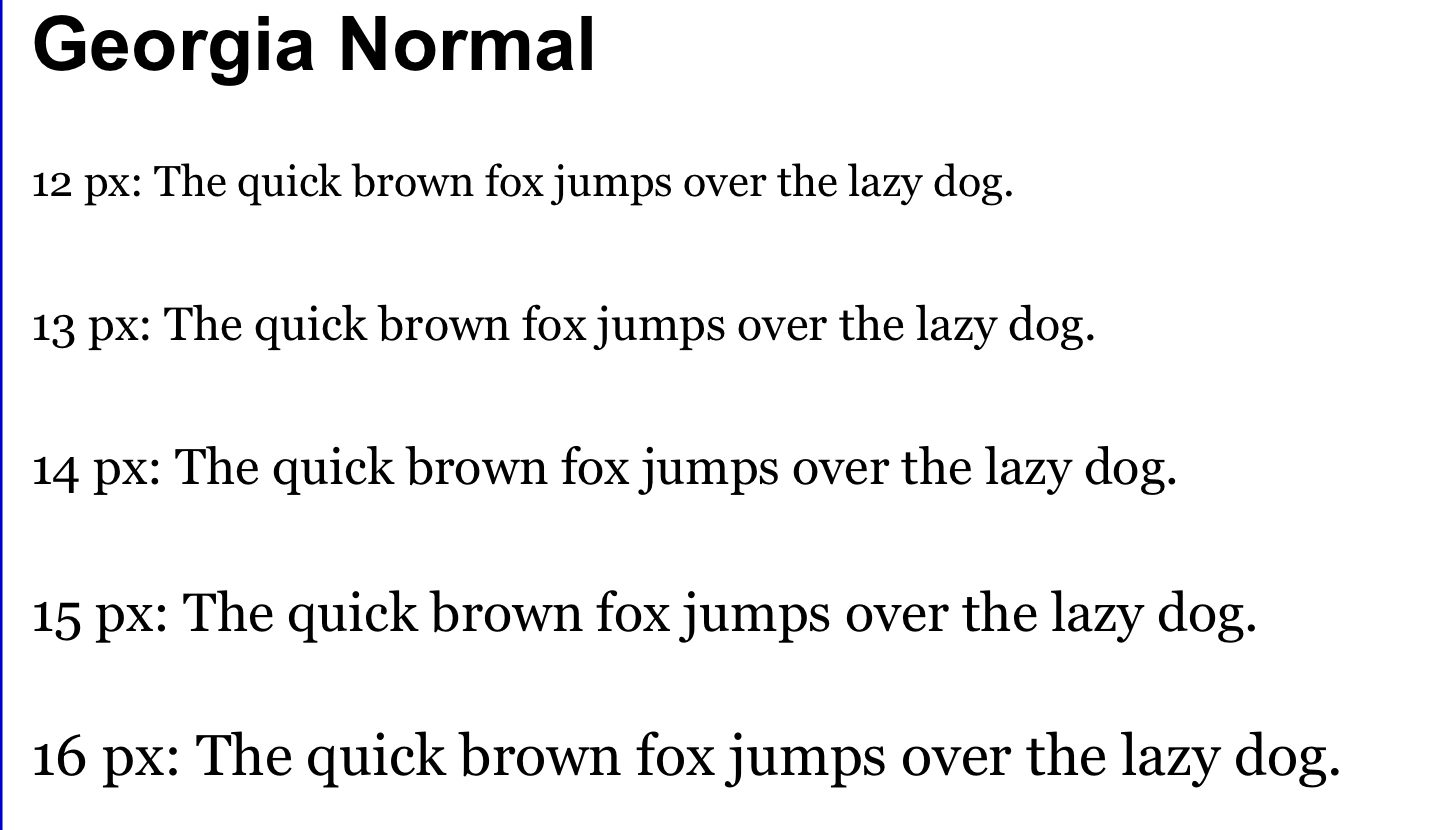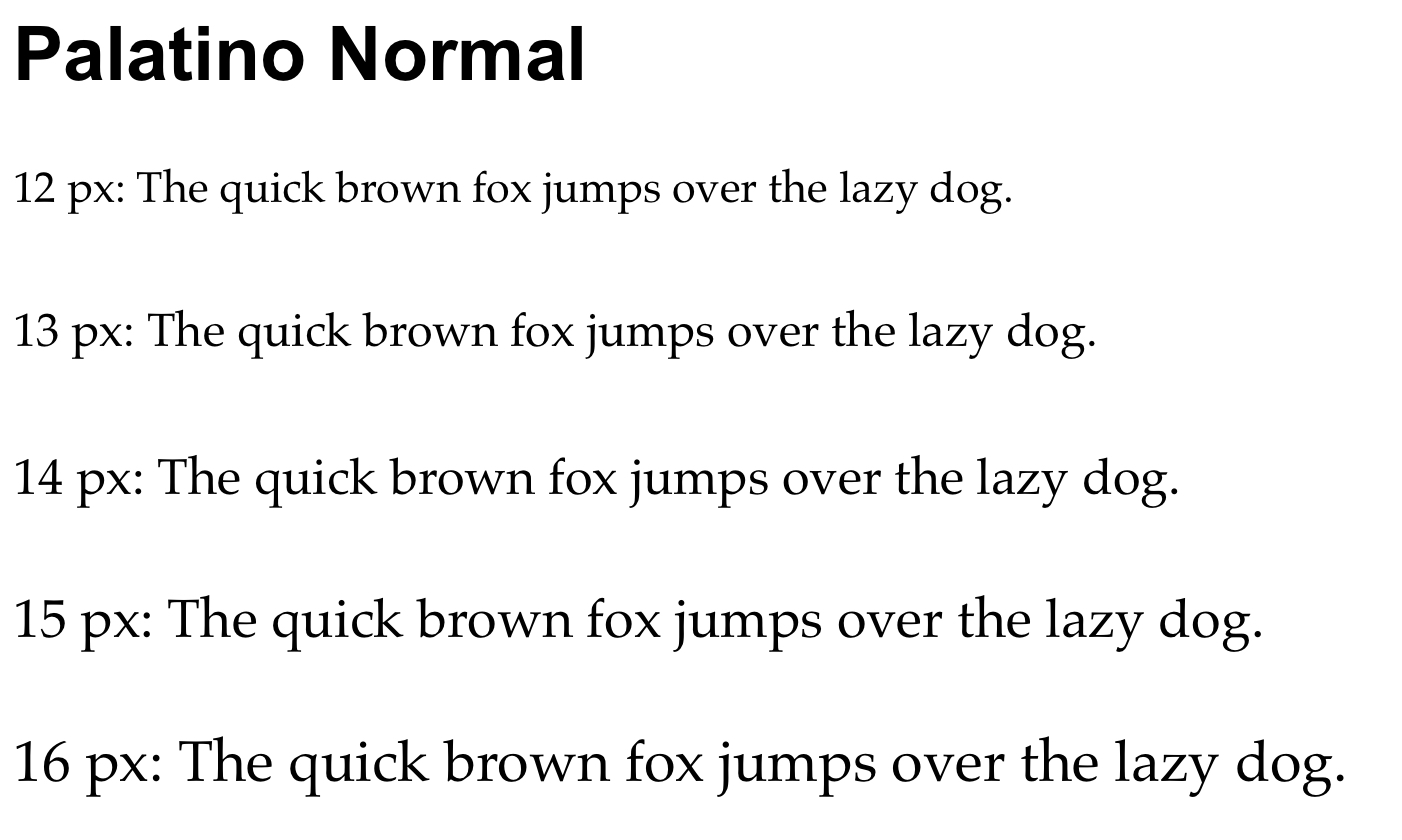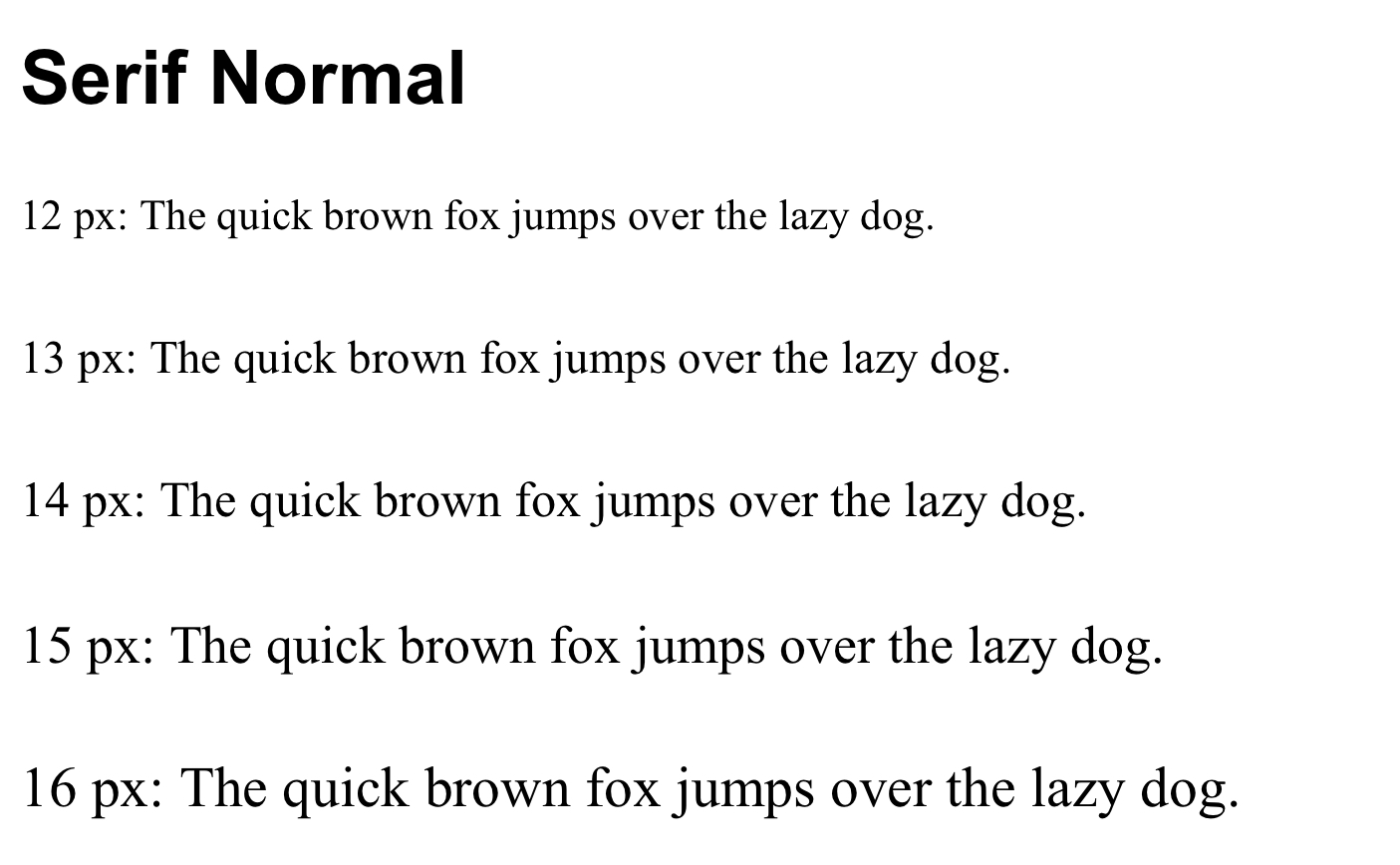What is a Sans-serif Font?
Sans-serif fonts are typefaces that do not have the small projecting features called "serifs" at the ends of strokes. These fonts are characterized by their clean, modern, and minimalistic appearance, making them popular for digital screens and modern design aesthetics.
Characteristics of Sans-serif Fonts
No Serifs: Absence of the small lines or strokes at the ends of letters.
Uniform Stroke Width: Typically have more uniform stroke widths compared to serif fonts.
Modern Appearance: Convey a sense of simplicity, clarity, and modernity.
Versatility: Suitable for both display and body text, especially in digital formats.
Usage
Digital Media: Websites, digital interfaces, and online reading due to better readability on screens.
Informal Documents: Presentations, marketing materials, and casual communications.
Modern Design: Used in contemporary branding, advertising, and graphic design.
Examples of San-serif Fonts

Times New Roman

Georgia

Serif

Palatino
What is a Serif Font?
A serif font is a type of font that has small lines or strokes attached to the ends of the letters. These lines or strokes are called "serifs." Serif fonts are typically used in printed materials, such as books, newspapers, and magazines, because the serifs can make the text easier to read by guiding the eye along the lines of text. They are often perceived as traditional, formal, and elegant.
Characteristics of Serif Fonts
- Serifs: Small decorative lines or strokes at the ends of letters.
- Contrast: Often have a contrast between thick and thin strokes.
- Legibility: Generally considered more readable in printed long-form text.
Usage
- Print Media: Books, newspapers, and magazines often use serif fonts for body text.
- Formal Documents: Academic papers, legal documents, and official reports.
- Design: Serif fonts can be used in branding, logos, and headings to convey a sense of tradition, reliability, and authority.
Examples of Serif Fonts

Times New Roman

Georgia

Palatino

Serif

